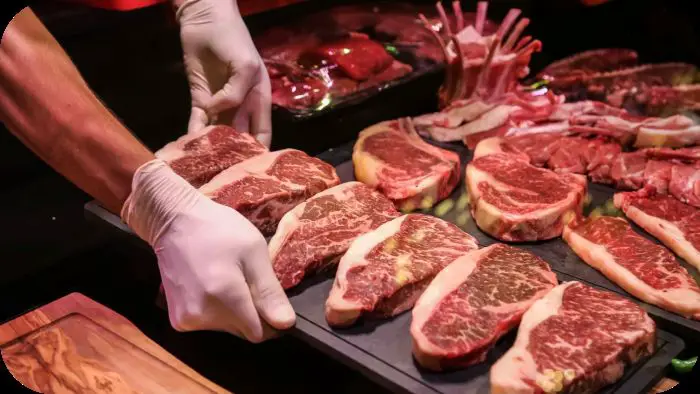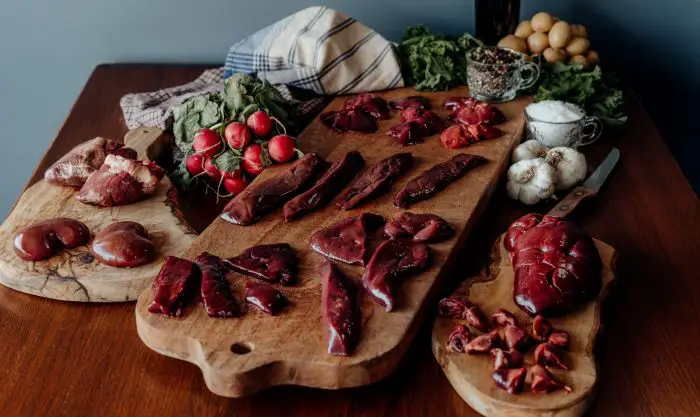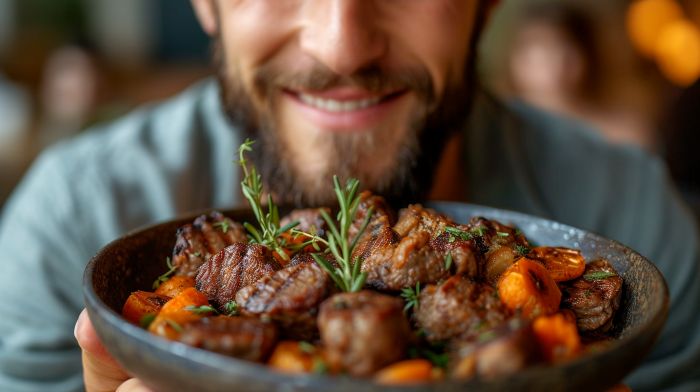If you’ve been curious about trying the carnivore diet, you’ve probably already figured out that meat is the main event. But here’s the catch: not all meats are created equal, and some are much better suited for the carnivore diet than others. Whether you’re doing it for weight loss, gut health, or simply to simplify your meals, knowing which meats to focus on will make the journey smoother, healthier, and a lot more enjoyable.
In this guide, we’ll explore the best meats for carnivore diet success, why variety matters, and how to build your plate in a way that balances taste, nutrition, and satiety.

Why Meat Is the Star of the Carnivore Diet
The carnivore diet is built on a simple foundation: eat animal-based foods and eliminate plants. For most people, this translates into a menu dominated by beef, pork, chicken, lamb, fish, and seafood. Meat provides all the essential amino acids, plenty of fat for energy, and vital micronutrients like iron, zinc, and B vitamins.
The big question is not whether to eat meat, but which meats will give you the best results.
When you’re first starting, simplicity is your friend. These are the top choices for beginners:

1. Beef
Beef is often called the “king” of carnivore meats. It’s nutrient-dense, widely available, and incredibly versatile. Cuts like ribeye, ground beef, and short ribs are rich in both protein and fat, which helps you feel full and provides energy.
If you’re concerned about budget, ground beef is a great entry point. If you want indulgence, ribeye steak is hard to beat.
Tip: Look for fattier cuts instead of super-lean steaks. Fat helps prevent energy crashes.
2. Pork
Pork brings variety and flavor to your carnivore plate. Options like pork chops, pork belly, and pulled pork can keep your meals exciting. Bacon is popular, though it’s best enjoyed in moderation due to added curing agents in most store-bought varieties.
Pork is especially good when you’re craving a change from beef-heavy meals.
3. Chicken
Chicken is one of the leanest meats for carnivore diet enthusiasts, but that can be both good and bad. Lean cuts like chicken breast may leave you hungry faster, so aim for fattier options like thighs and wings. Eating the skin also adds valuable fat and flavor.
4. Lamb
Lamb is often overlooked but makes an excellent addition to your carnivore rotation. It’s naturally fatty, tender, and full of nutrients. Lamb chops or ground lamb are easy ways to enjoy it. Plus, its slightly richer flavor adds variety to your week.
5. Fish and Seafood
Fish, especially fatty fish like salmon, sardines, and mackerel, bring omega-3 fatty acids into your diet. This helps balance out the omega-6 content found in pork or chicken. Shrimp, scallops, and crab are also great protein-packed options.
Seafood is lighter, making it a nice change of pace when you don’t feel like a heavy steak dinner.
Organ Meats: The Nutritional Powerhouses

While not everyone’s favorite, organ meats are an important category of meats for carnivore diet followers. Liver, heart, and kidney are packed with vitamins and minerals that muscle meat alone can’t always provide.
- Beef liver is one of the most nutrient-rich foods on earth, supplying vitamin A, iron, and folate.
- Heart offers CoQ10, which supports heart health.
- Kidney provides selenium and B vitamins.
If the thought of organ meats is overwhelming, start small. Mix a bit of liver into ground beef, or try a paté.
Balancing Fat and Protein
One of the key lessons on the carnivore diet is that fat is your friend. Eating only lean meats can leave you tired, irritable, and constantly hungry. The ideal approach is to balance your protein intake with enough fat to fuel your body.
Here are some naturally fatty meats to include:
- Ribeye steak
- Pork belly
- Lamb shoulder
- Chicken thighs with skin
- Fatty fish like salmon
This balance is what makes meats for carnivore diet eating sustainable in the long term.
Cooking Tips for Carnivore-Friendly Meals
Part of the fun of the carnivore diet is experimenting with different cooking methods. Here are a few easy ways to keep your meals interesting:
- Grill: Perfect for steaks, pork chops, and chicken wings.
- Slow Cook: Great for tougher cuts like short ribs, oxtail, or brisket.
- Pan-Sear: Quick and easy for ribeye, lamb chops, or salmon fillets.
- Air Fryer: Ideal for crispy chicken wings or pork belly slices.
Keep seasonings simple. Salt is usually enough, though some carnivore dieters occasionally use pepper or minimal herbs.
Sample One-Day Carnivore Meal Plan
Here’s how a simple day of eating might look with a focus on variety:

- Breakfast: 4 scrambled eggs cooked in butter + 2 strips of bacon
- Lunch: Ribeye steak with a side of beef liver (small portion)
- Dinner: Grilled salmon with chicken thighs on the side
- Snack (optional): Sardines or pork rinds
This mix of meats for carnivore diet provides protein, fat, and micronutrients without feeling repetitive.
Common Mistakes to Avoid
Starting the carnivore diet can be exciting, but there are pitfalls to watch out for:
- Relying only on lean meats – This can cause fatigue and hunger.
- Avoiding organ meats completely – You may miss out on key nutrients.
- Not drinking enough water and electrolytes – Meat-heavy eating can shift your hydration needs.
- Overcomplicating things – Stick to simple meals, especially at the beginning.
Final Thoughts
When it comes to the carnivore lifestyle, choosing the right meats for carnivore diet makes all the difference. Beef, pork, lamb, chicken, and seafood form the foundation, while organ meats add nutritional depth. Balancing fat and protein ensures you have steady energy and satiety throughout the day.
If you’re new to the carnivore diet, start with what feels familiar—like ground beef or chicken thighs—then expand your palate to lamb, salmon, and eventually organ meats. Over time, you’ll discover your personal favorites and learn which cuts make you feel your best.
The carnivore diet may be simple in principle, but within the world of meat, there’s an incredible variety waiting to be explored.
